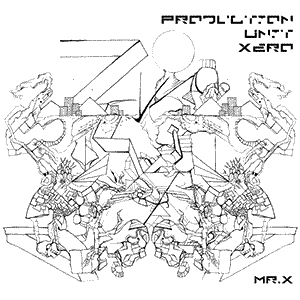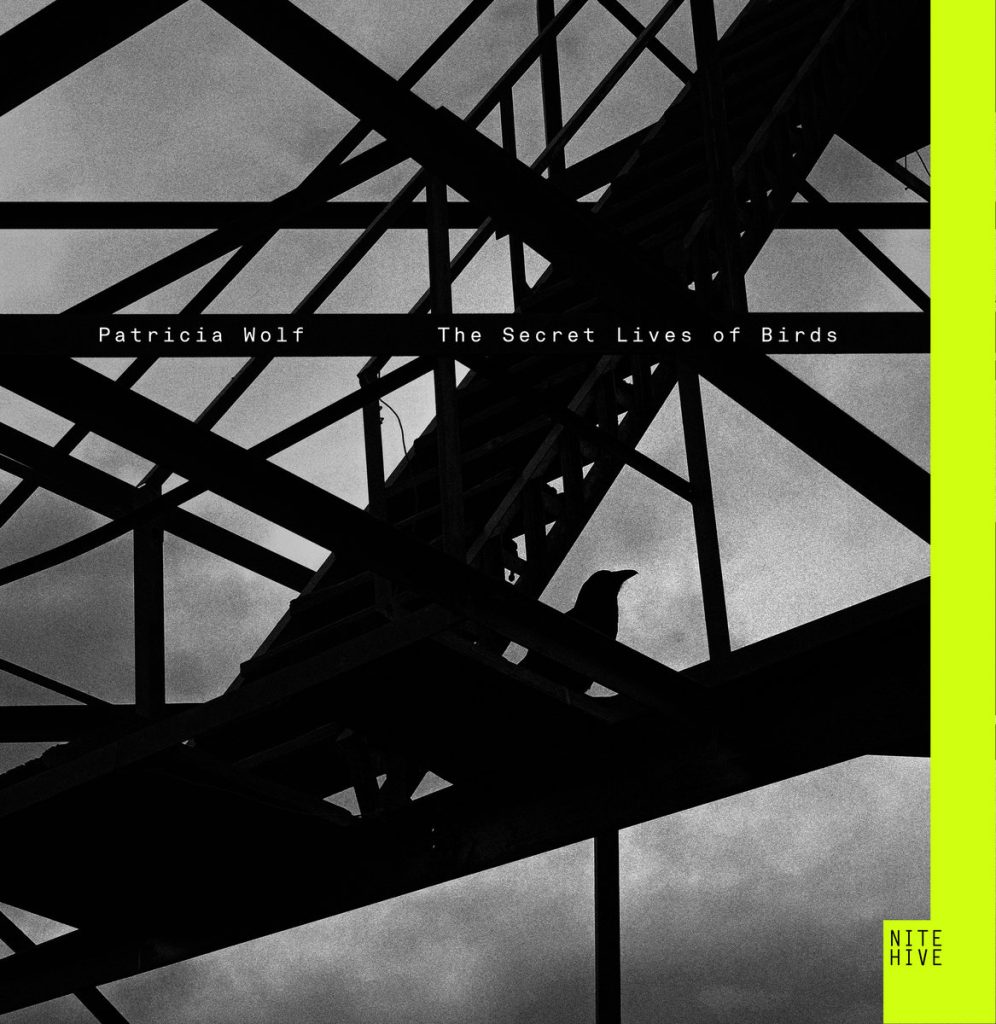Susumu Yokota – Sakura (2000) – Review

“Sakura,” released in 2000, marks an important milestone in the eclectic discography of the late Japanese artist Susumu Yokota. This record, characterized by its ambient and minimalist electronic elements, stands as a testament to Yokota’s brilliant ability to transport listeners into meditative, ethereal realms through his music.
The album title, “Sakura,” which translates to ‘cherry blossom’ in Japanese, aptly encapsulates the essence of the record. Cherry blossoms, deeply symbolic in Japanese culture, are known for their transient beauty, a theme that Yokota masterfully interweaves into his music. Each of the twelve tracks unfolds much like a cherry blossom – beautifully, delicately, and evanescently – leaving the listener in a state of introspective serenity.
The album opens with “Saku,” a track that establishes the reflective tone for the rest of the record. It combines delicate piano keys with ethereal, reverberating sounds that echo gently, invoking a sense of calm and space. The overlaying of heart-beat like percussive elements brings an organic feel to the electronic soundscape, providing an intimate and humanistic quality.
Next, “Hagoromo,” one of the standout tracks, combines soothing chimes with an undercurrent of textured, humming bass. Yokota’s expert layering techniques blend the digital and the organic, resulting in a harmonious interplay of sound that feels natural and immersive.
Another noteworthy track, “Tobiume,” showcases Yokota’s ability to infuse emotion into his compositions. The song begins with a soft, melancholic piano melody that is soon overlaid with an evocative vocal sample. The combination creates a beautifully haunting atmosphere, encapsulating feelings of nostalgia and longing. Yokota’s skillful sampling adds depth and complexity to his music, encouraging repeated listening to unravel the intricacies.
“Uchu Tanjyo,” towards the end of the album, veers towards a more abstract and experimental sound. It uses echoing synth and layered noise to create an otherworldly soundscape, capturing the album’s recurrent theme of exploring the fleeting beauty of existence.
Finally, the closing track, “Naminote,” provides a fitting end to the album. It begins with a tranquil, repeated melody that gradually grows in complexity as more elements are introduced. As the song reaches its peak, the music then gradually recedes, leaving the listener in the same peaceful state in which they began, thus completing the cyclical journey of “Sakura.”
One of the album’s strengths lies in Yokota’s adept use of space and silence. His compositions feel full and complex while maintaining an element of minimalism. The careful placement of every note and the use of silence add depth to the music, enhancing its emotive power.
However, the album might not appeal to those looking for more rhythmically driven, energetic electronic music. “Sakura” is deeply introspective, more suited for a peaceful evening in solitude than a lively party.
“Sakura” is a masterfully composed, deeply emotive ambient electronic album. Its strength lies in its ability to elicit emotion and provoke introspection through the delicate balance of sound and silence, the organic and digital, and the profound and the simple. It’s a timeless piece that invites listeners to bask in its meditative tranquility, to lose themselves in its sonic depiction of transient beauty – just like the cherry blossoms it’s named after.




